Why you can trust Tom's Hardware
Firmware, Software and Test System
Like other MSI BIOS configurations, the B660 Tomahawk starts you out with an informational EZ Mode that allows editing of some high-level functions, including enabling XMP profiles, adjusting fan speeds, and more. The main menu is informational up top, while the bottom two-thirds is where the adjustments happen. You select the section you want on the left or right sides, and the details show in the middle. You don’t have to dig down several screens to reach the overclocking options, as they are mostly on the main page. Some digging is inevitable, but overall we find this BIOS full of options and easy to read and get around.
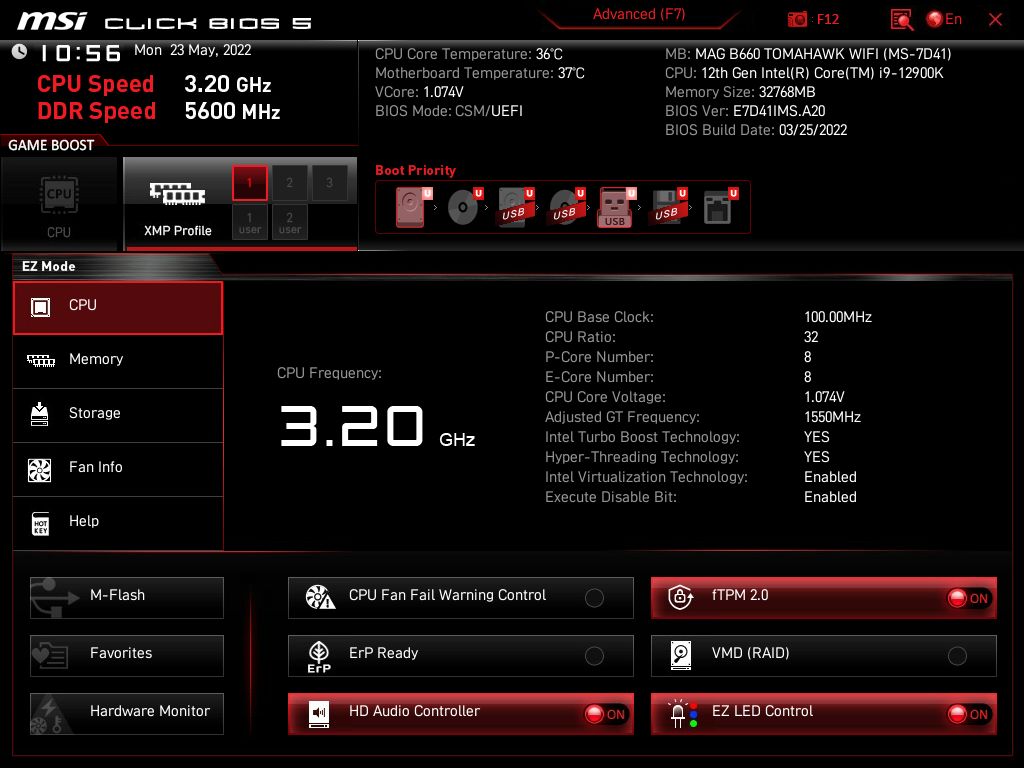
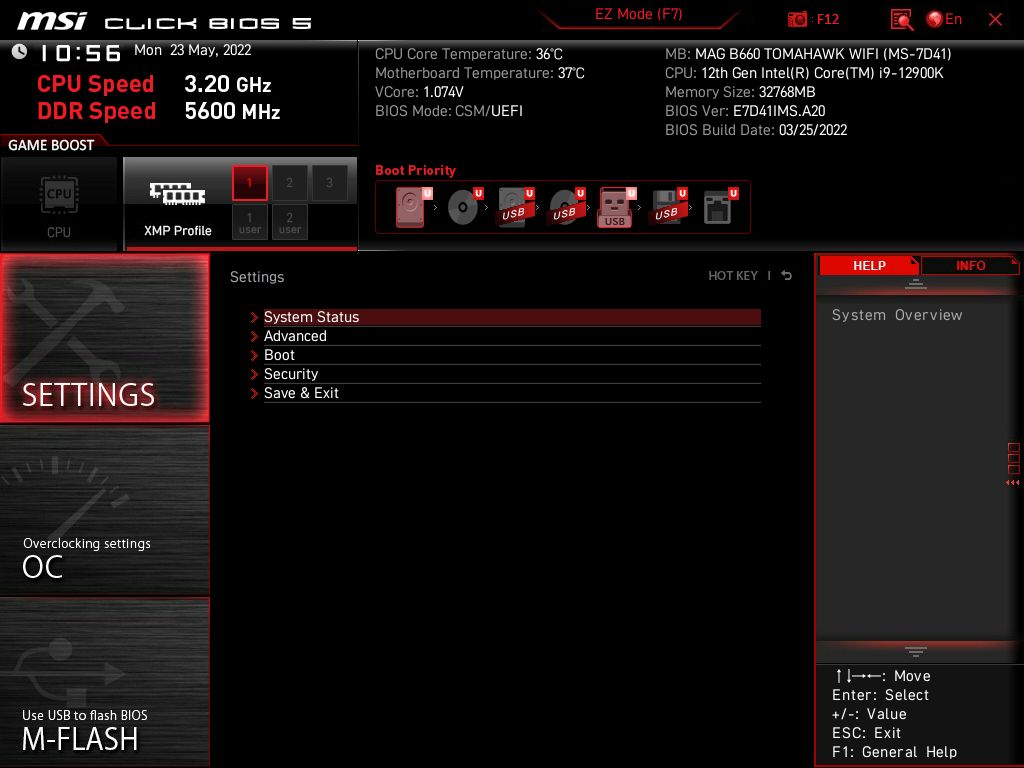
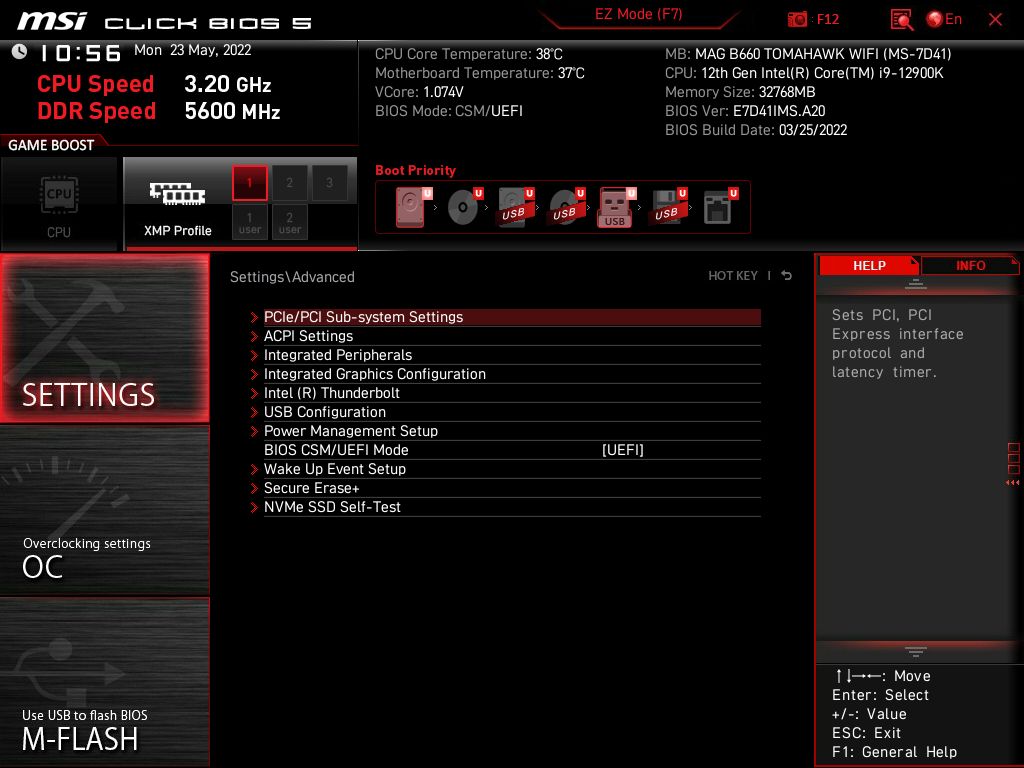
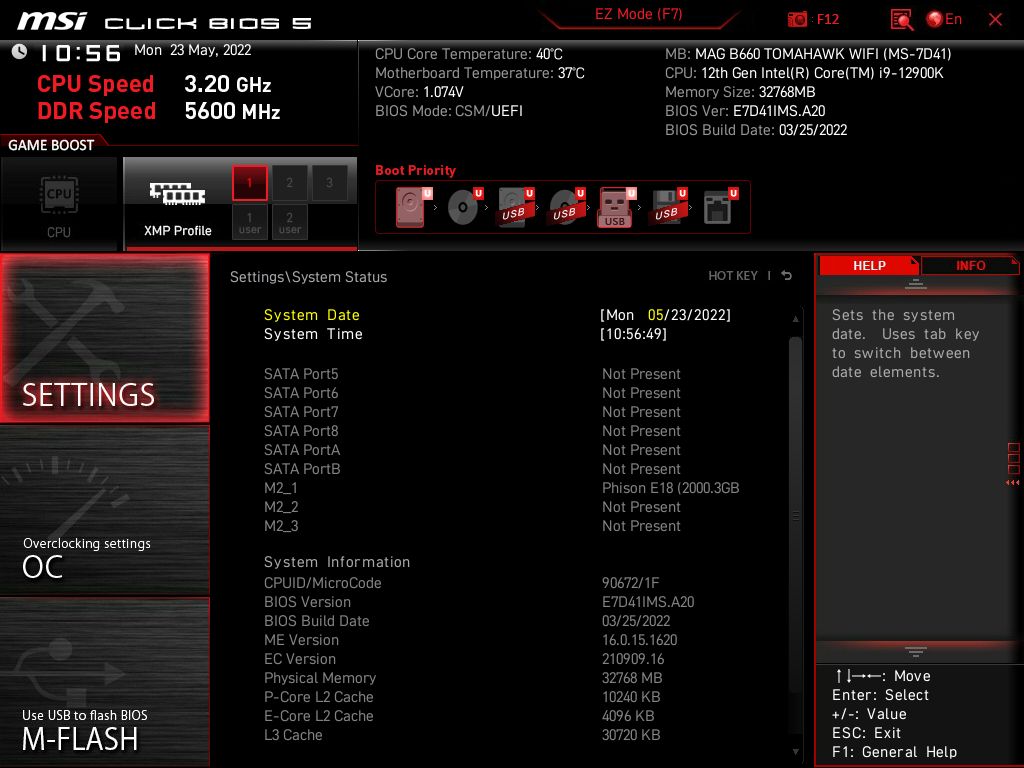
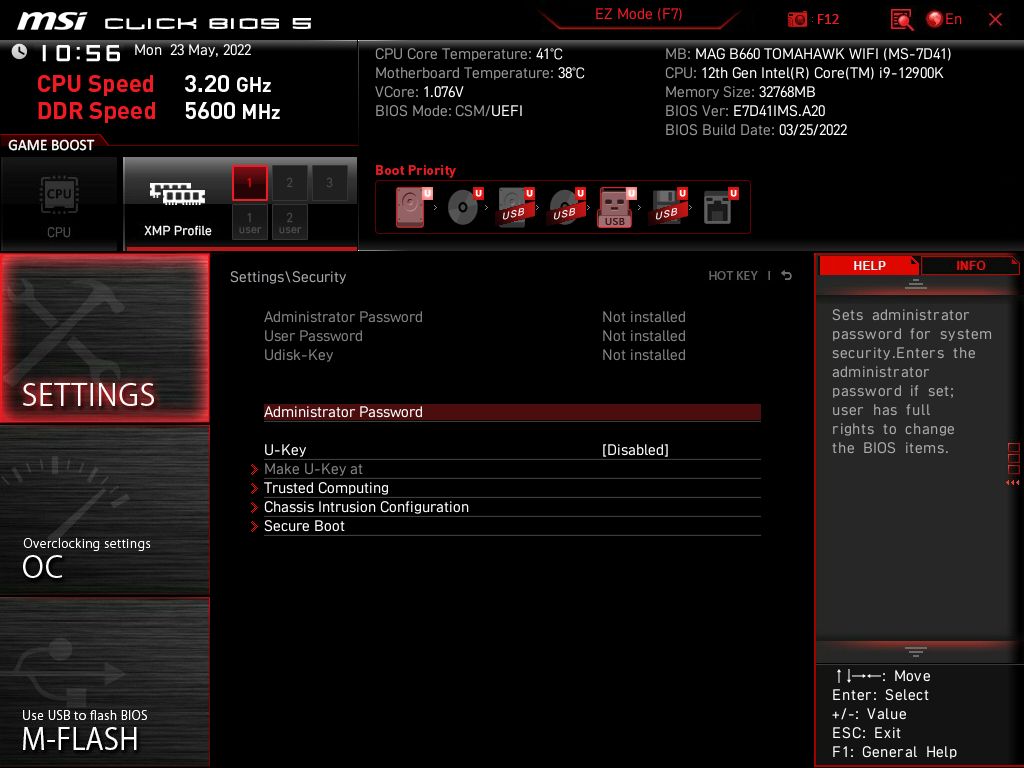
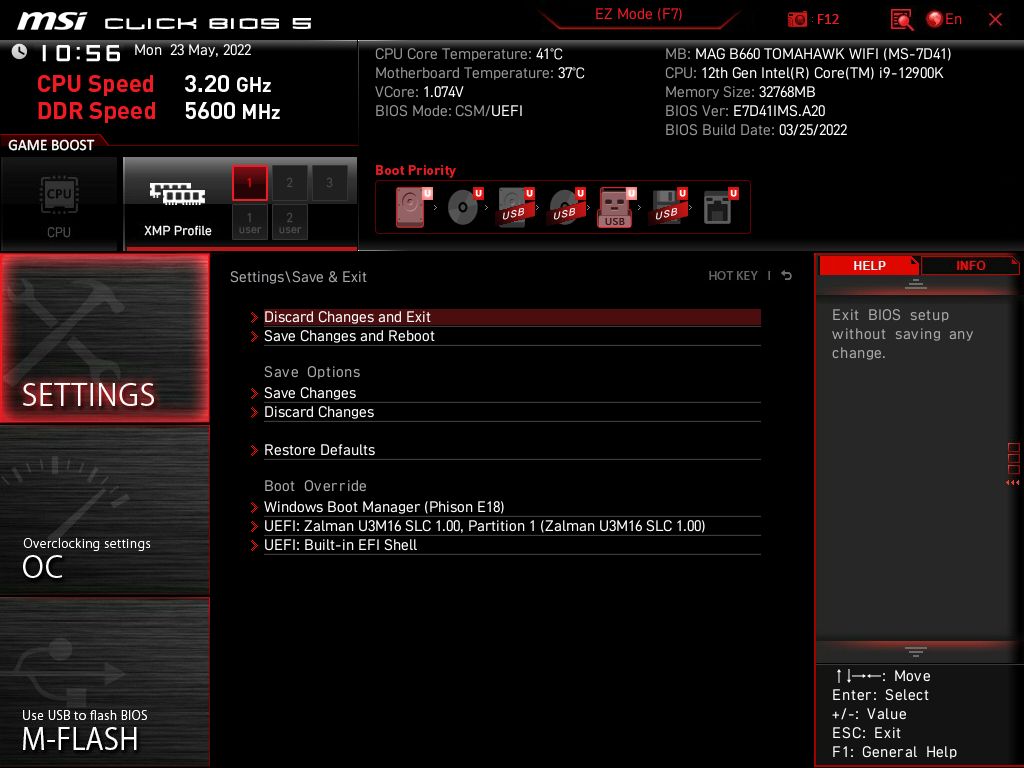
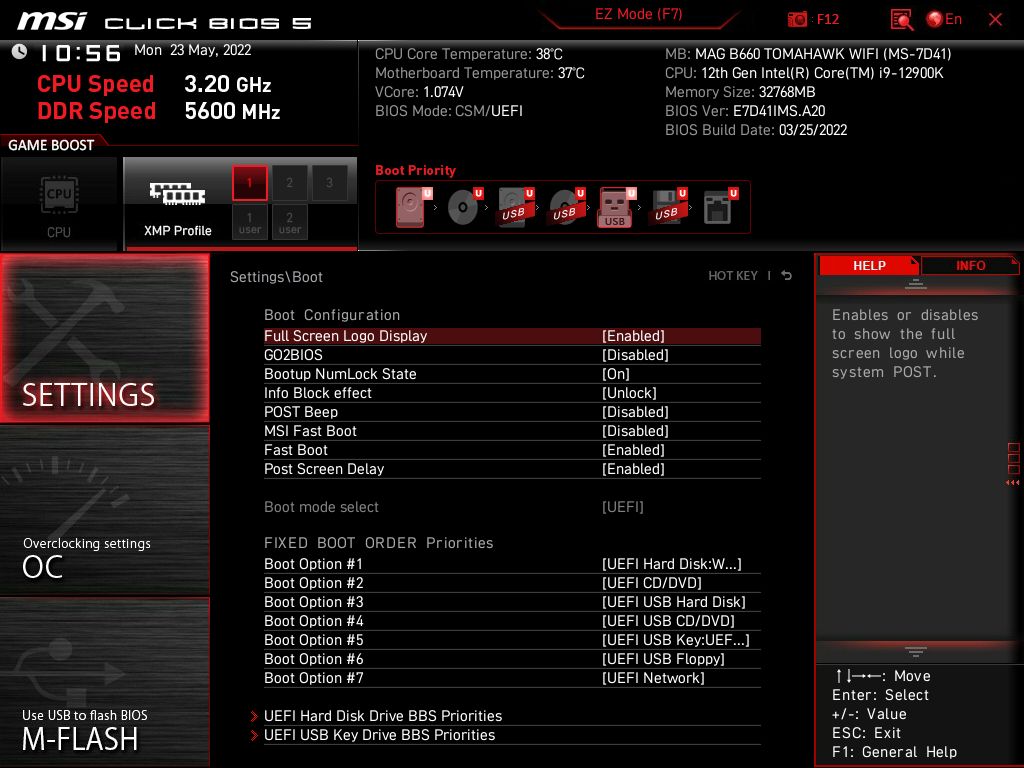
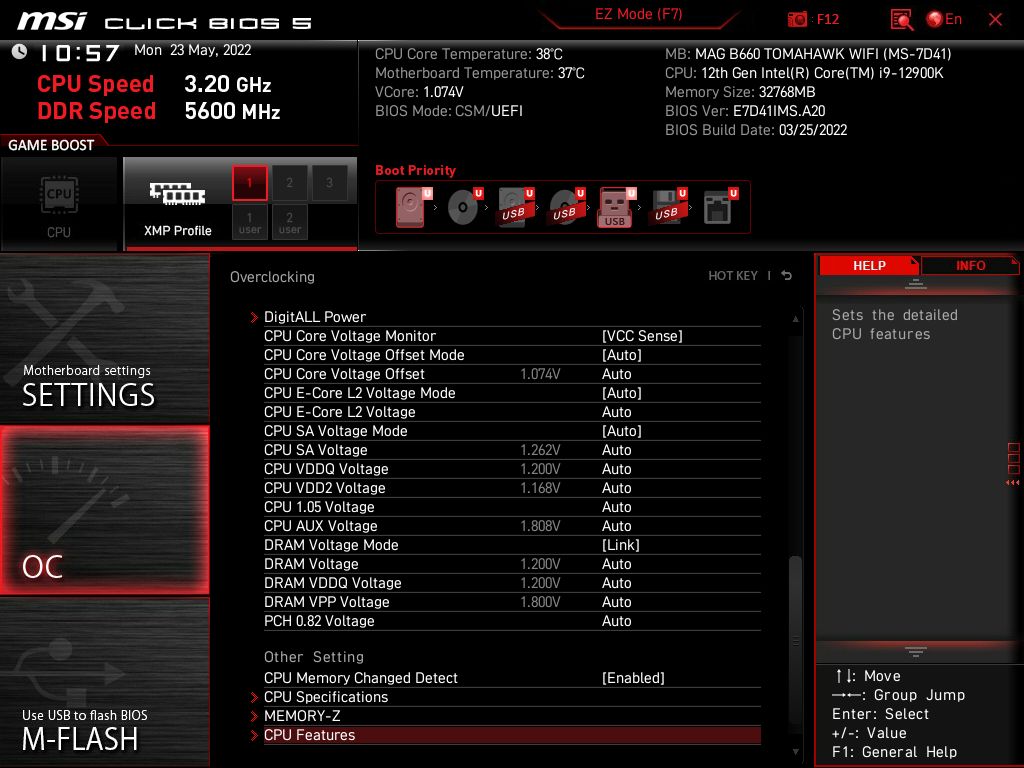
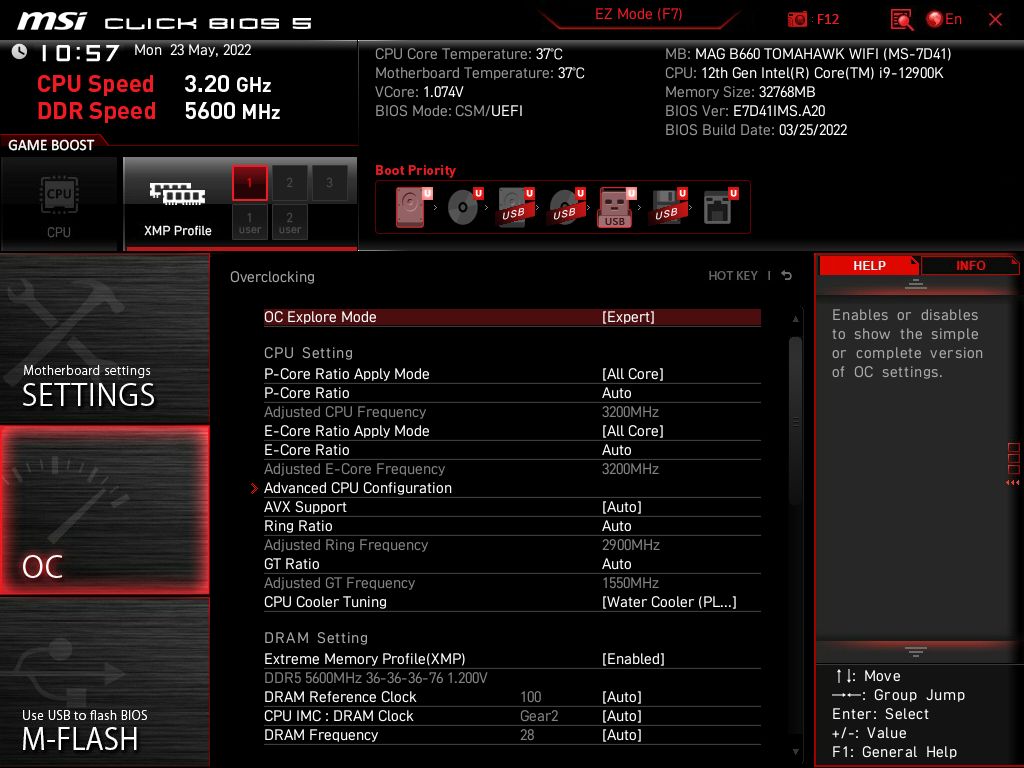
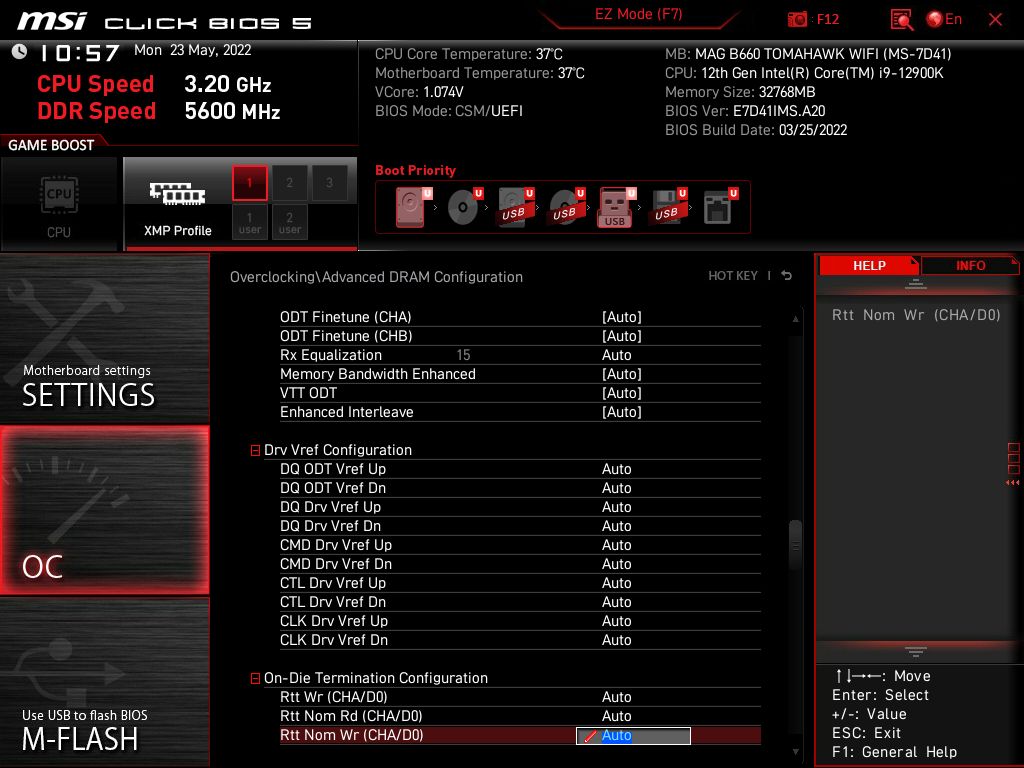

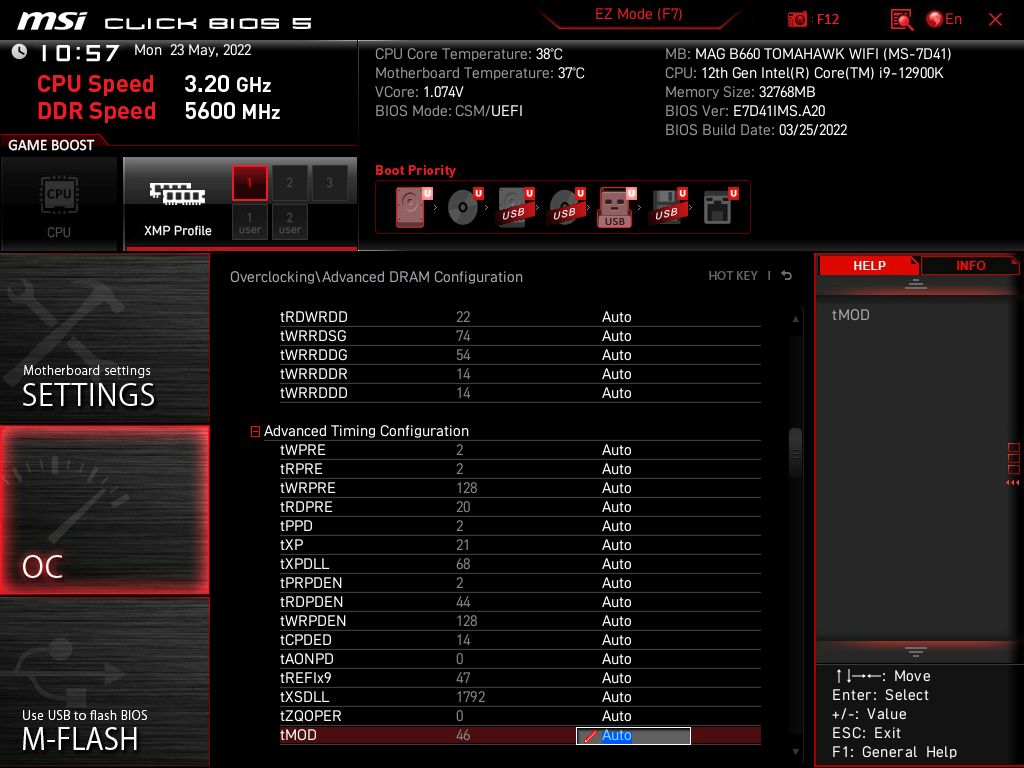
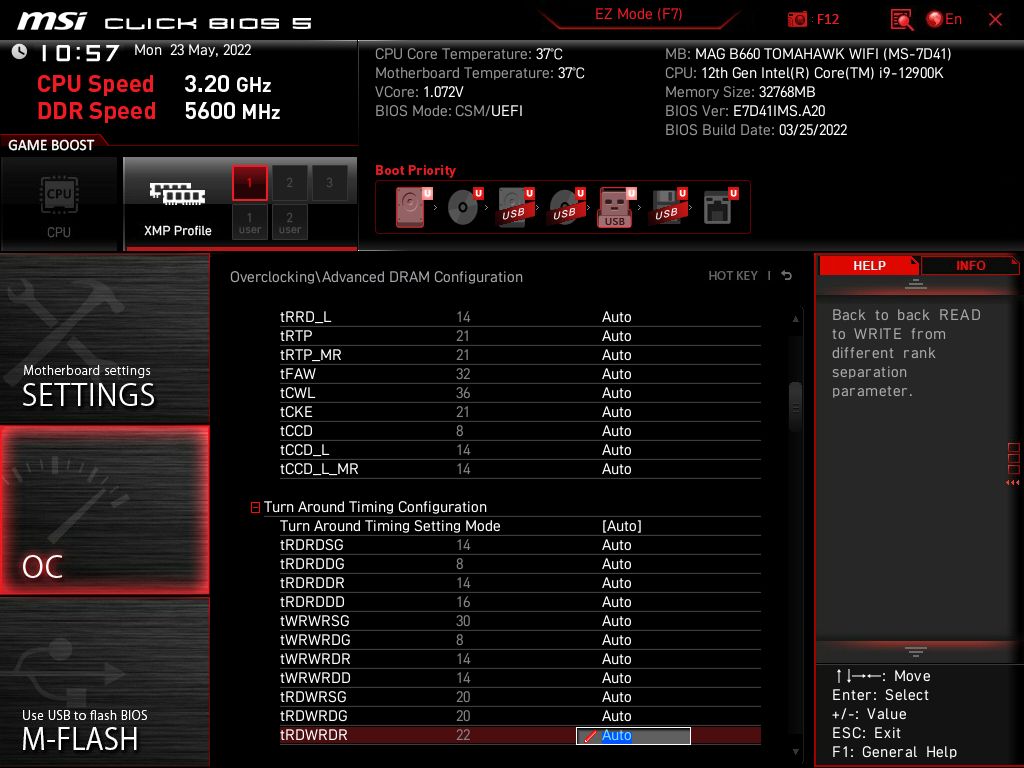
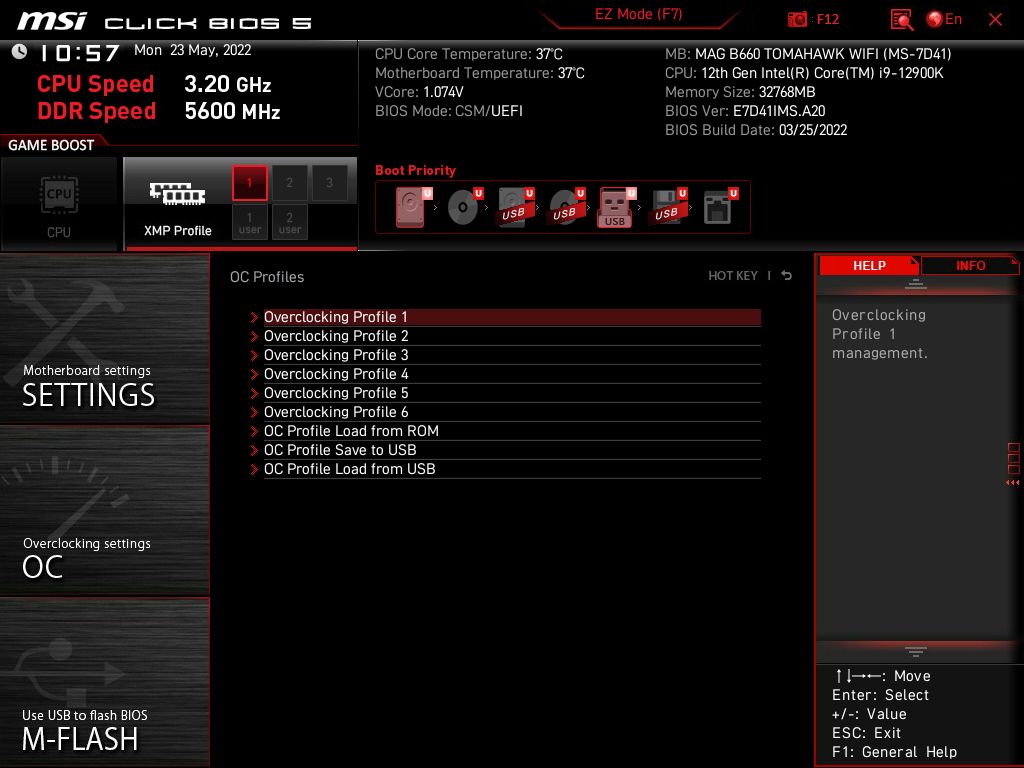
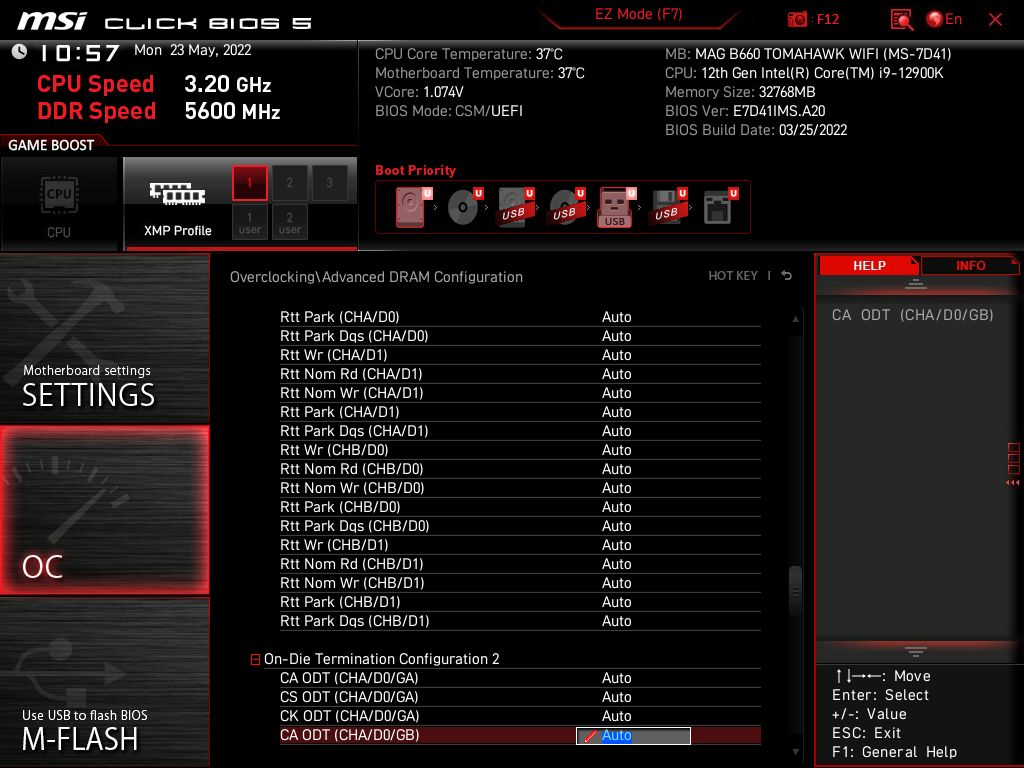
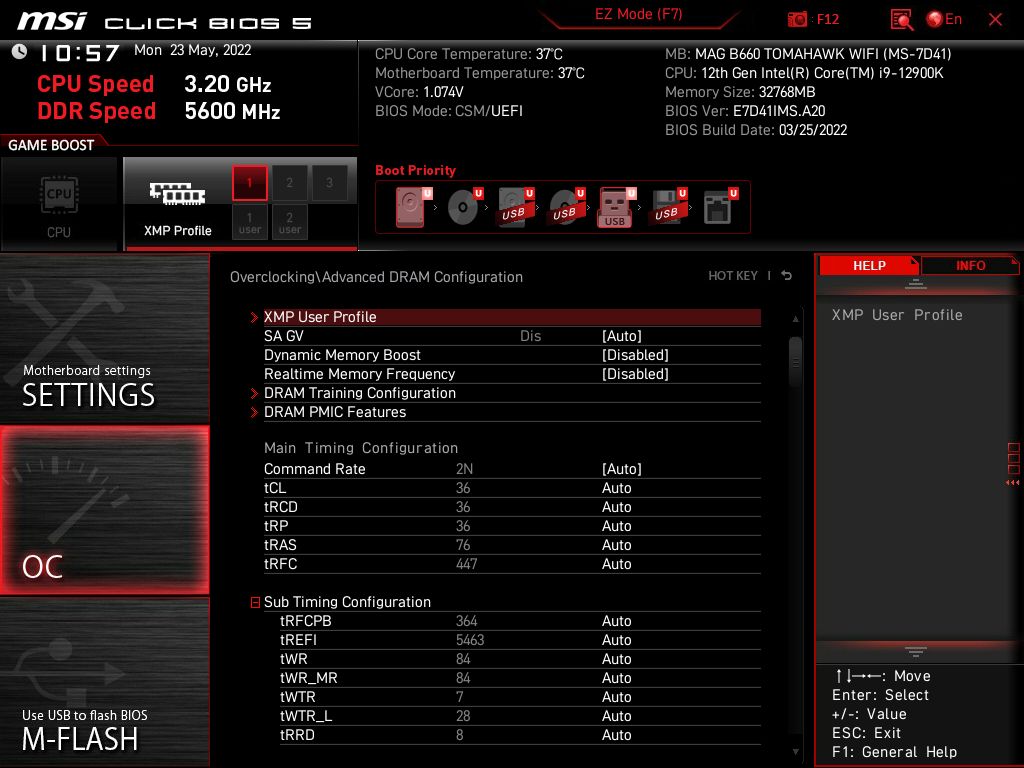
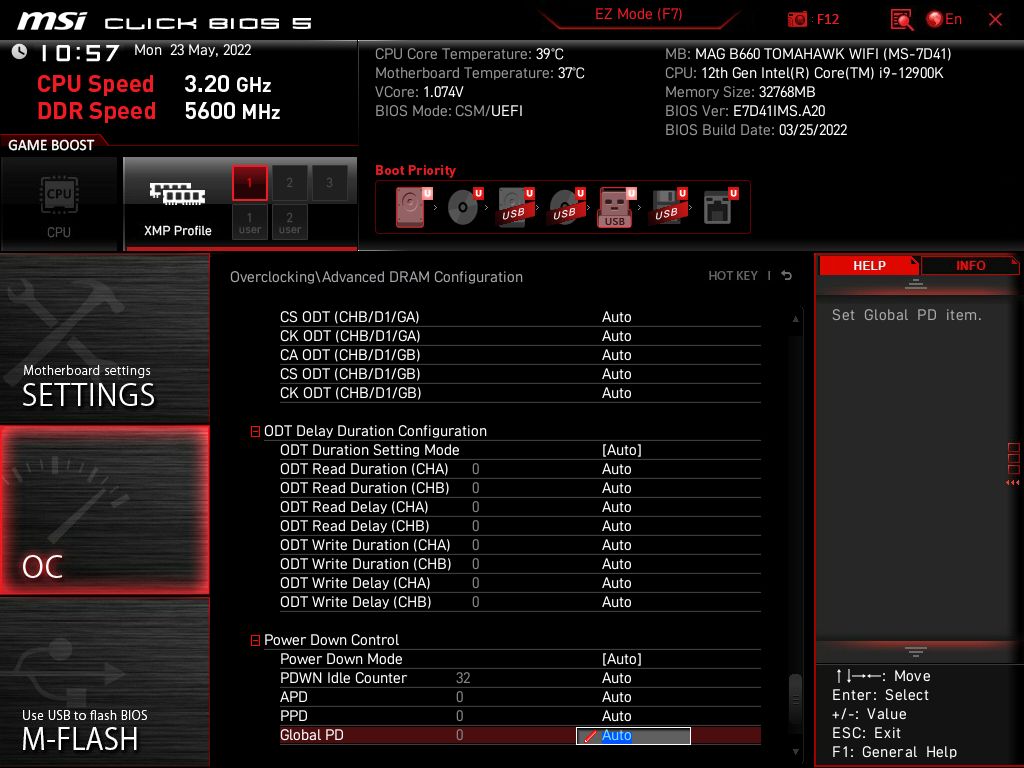
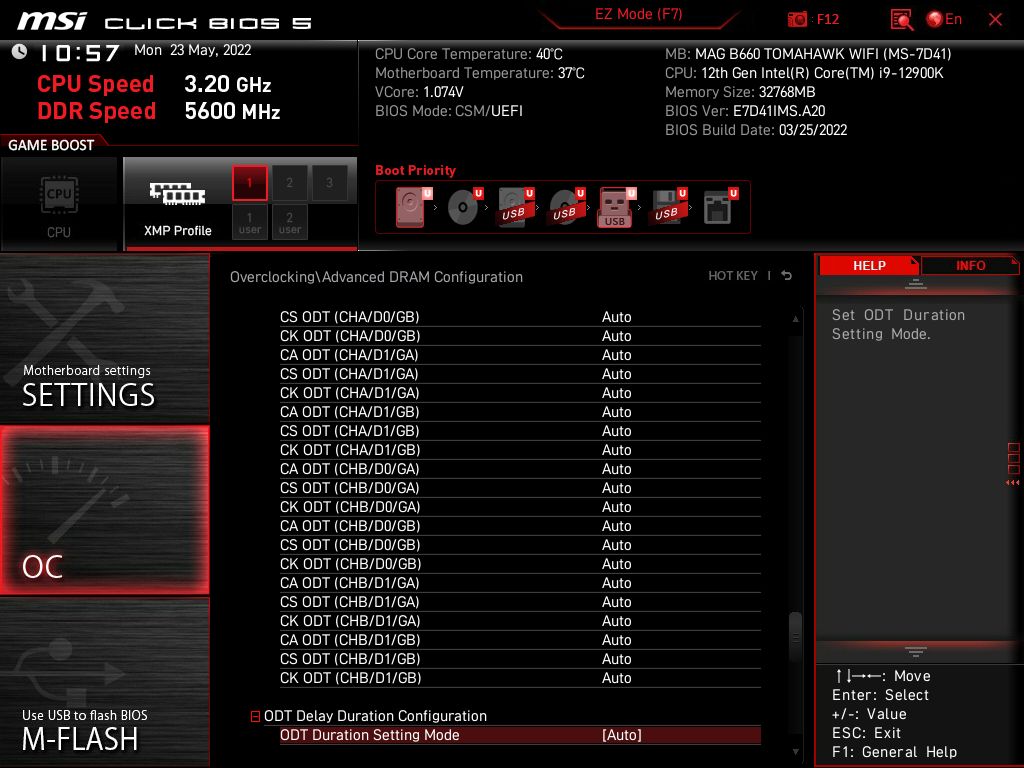
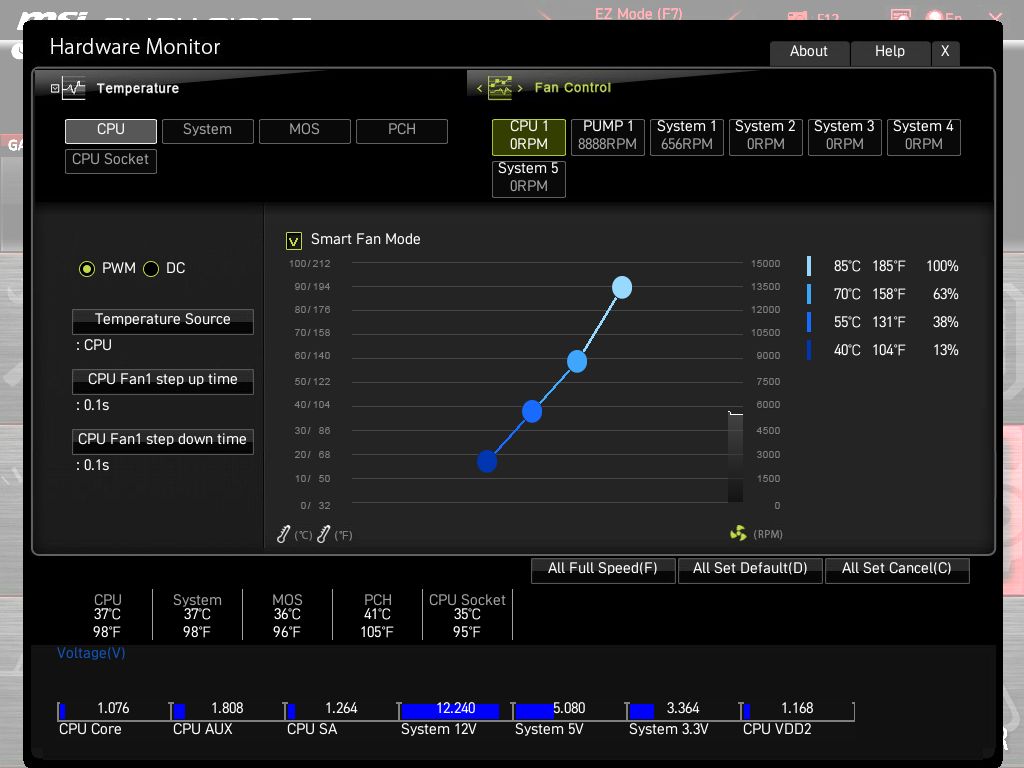
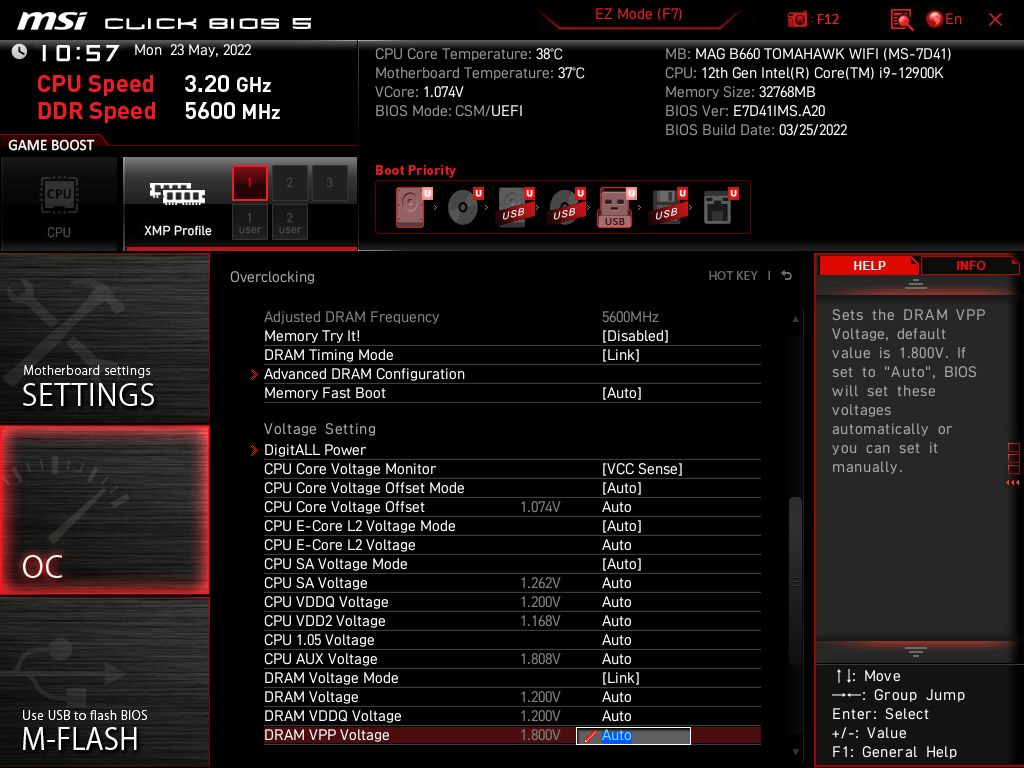
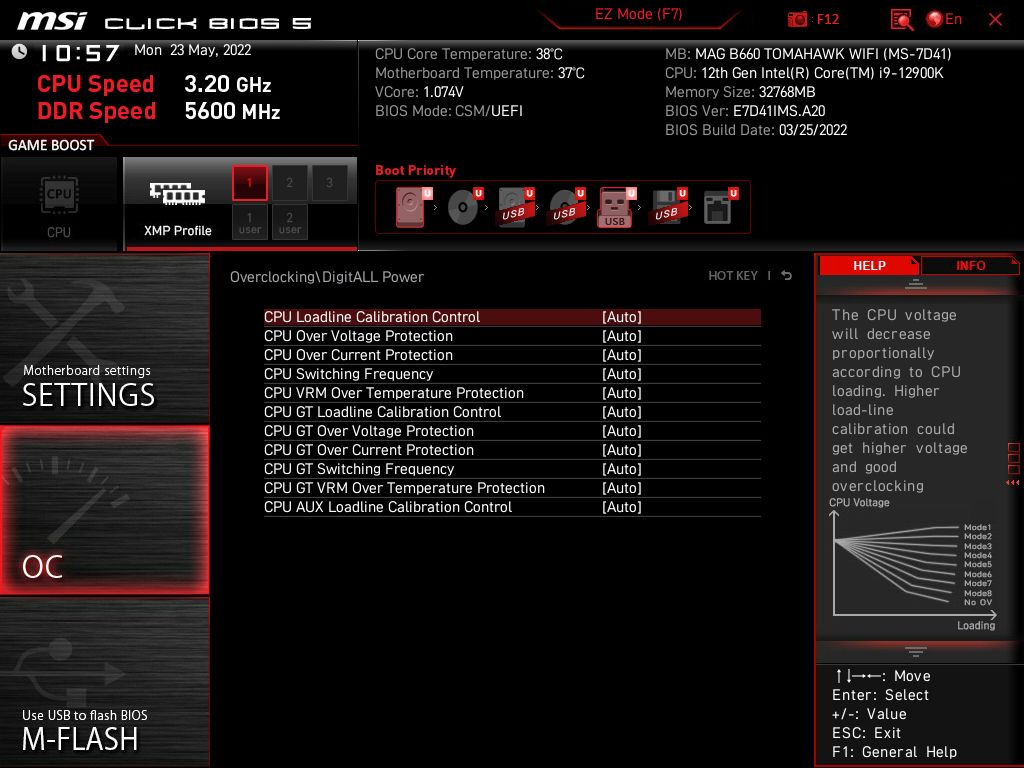
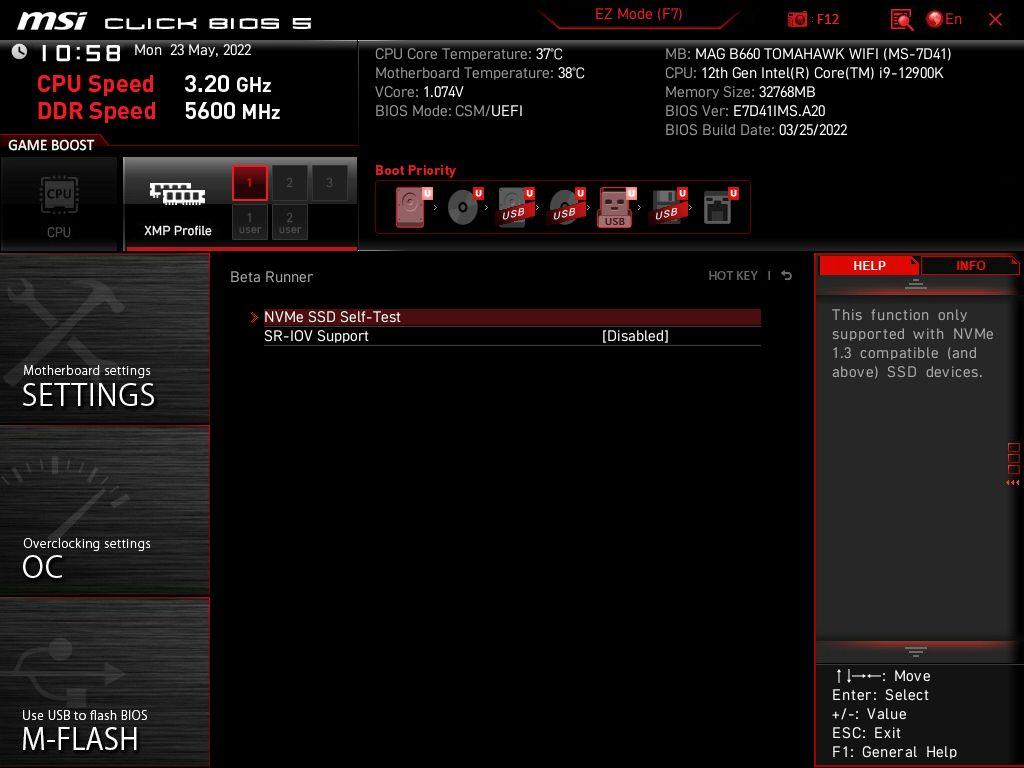
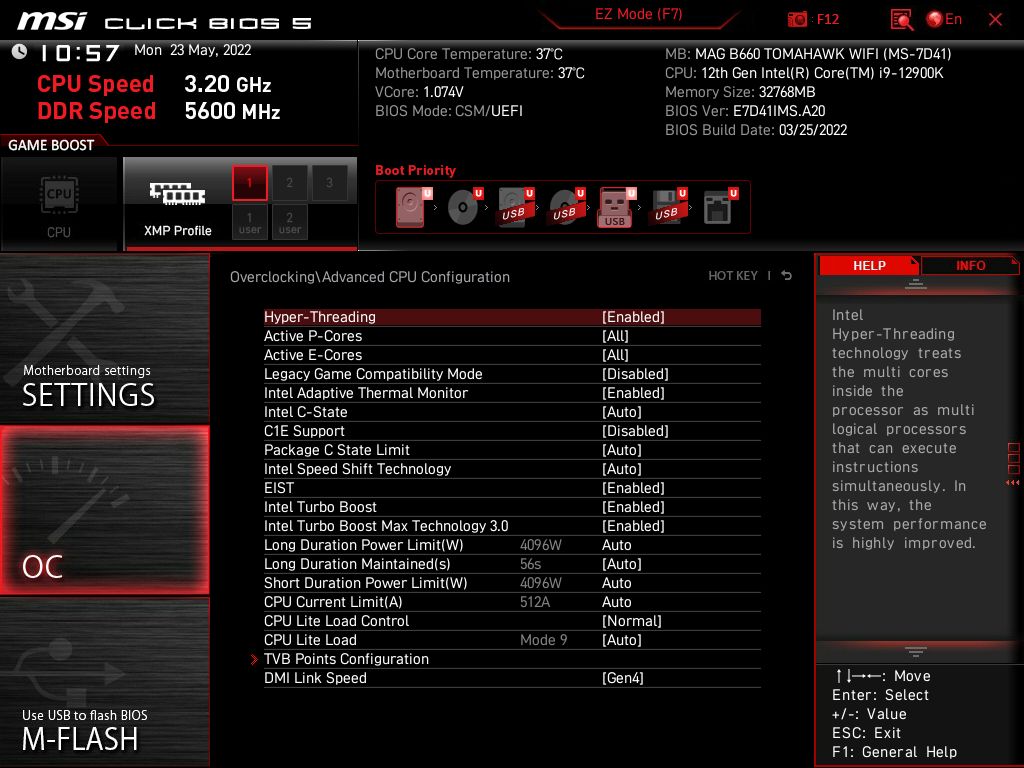
Software
For software, the theme these days is to place a lot of the functionality in one program. MSI’s take on this is called Dragon Center, which lets you download individual applets. Some of the programs include Mystic Light (RGB control), LAN Manager, User Scenario (overclocking, monitoring, and fan control), Super Charger, MSI Companion (help record games), and many more. Though updates should fix this down the road, it’s worth noting that you cannot overclock the system with the version I had. But serious overclockers will want to do their tweaking in the BIOS anyway.

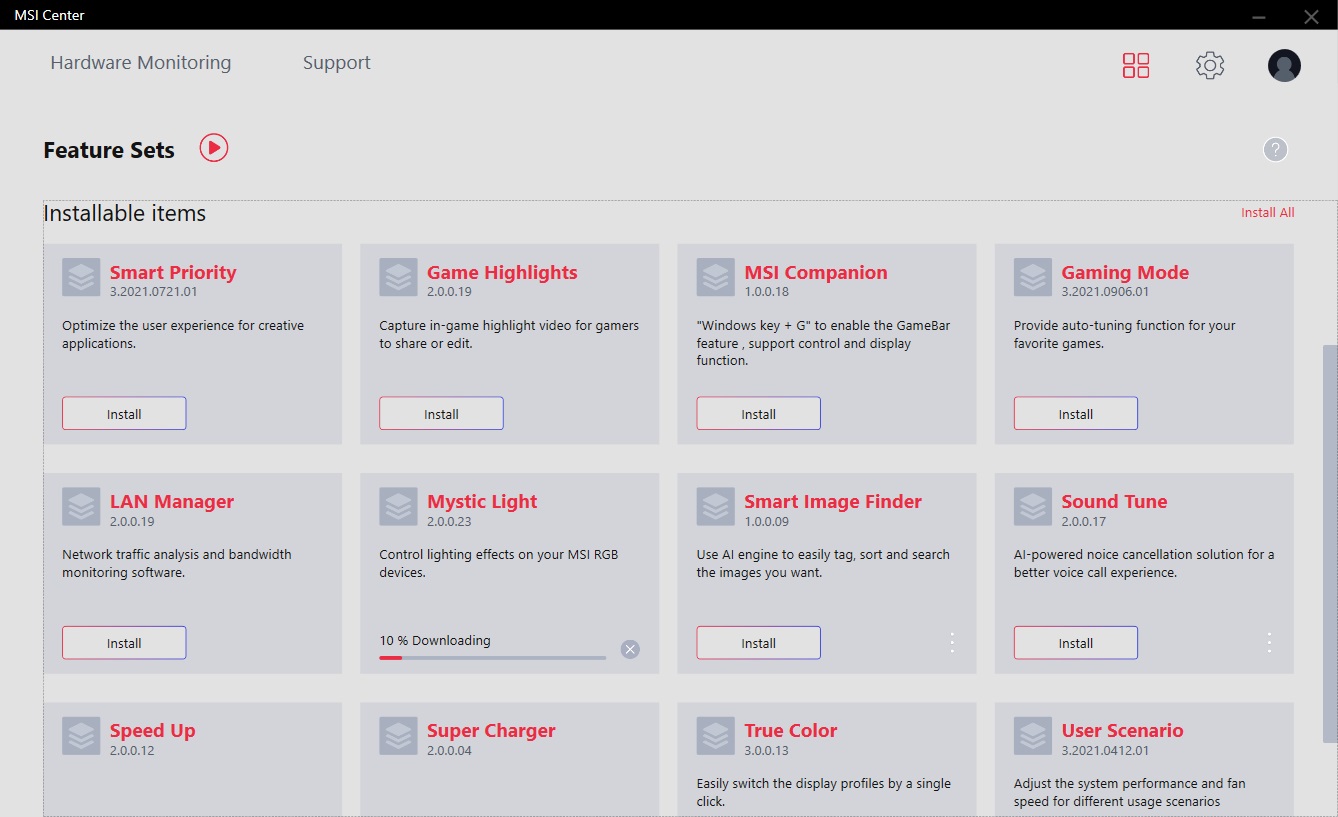
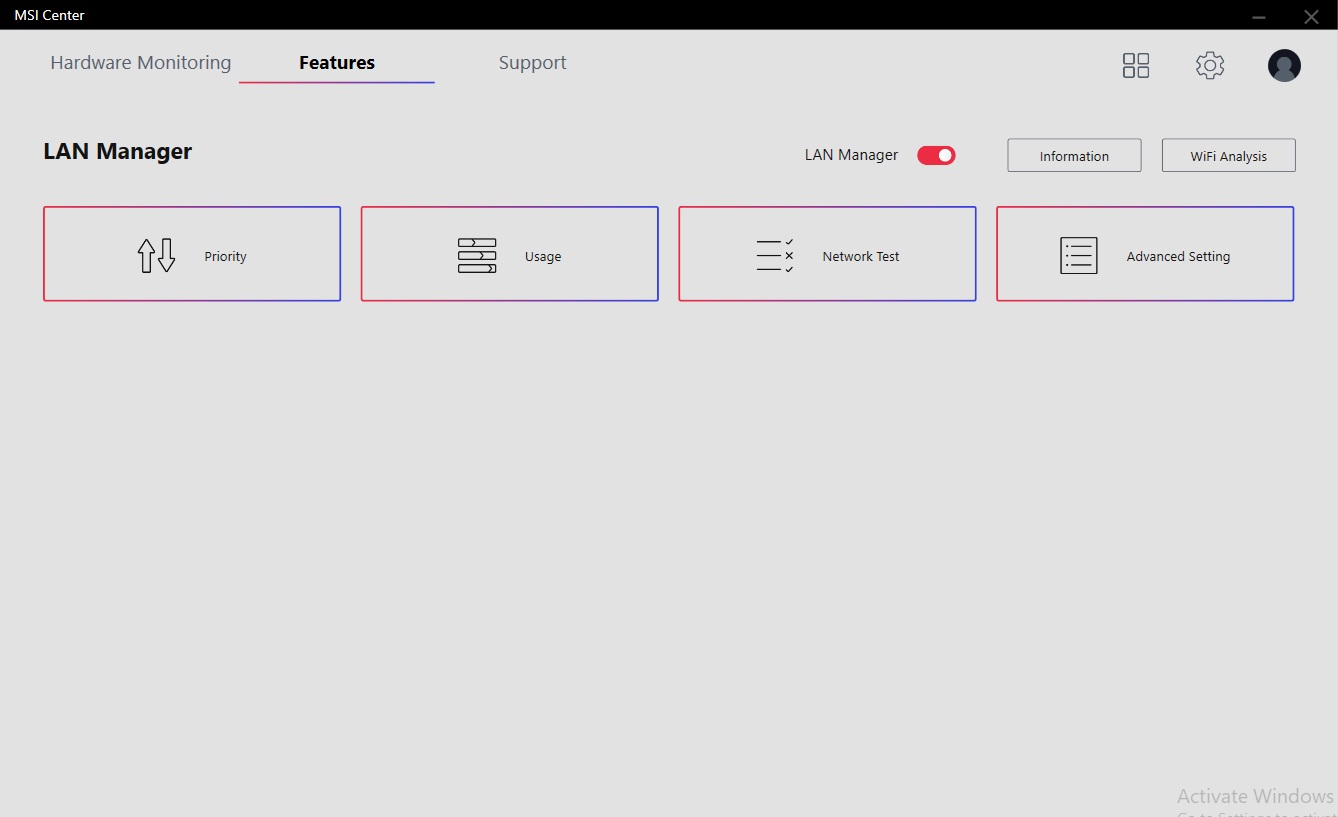
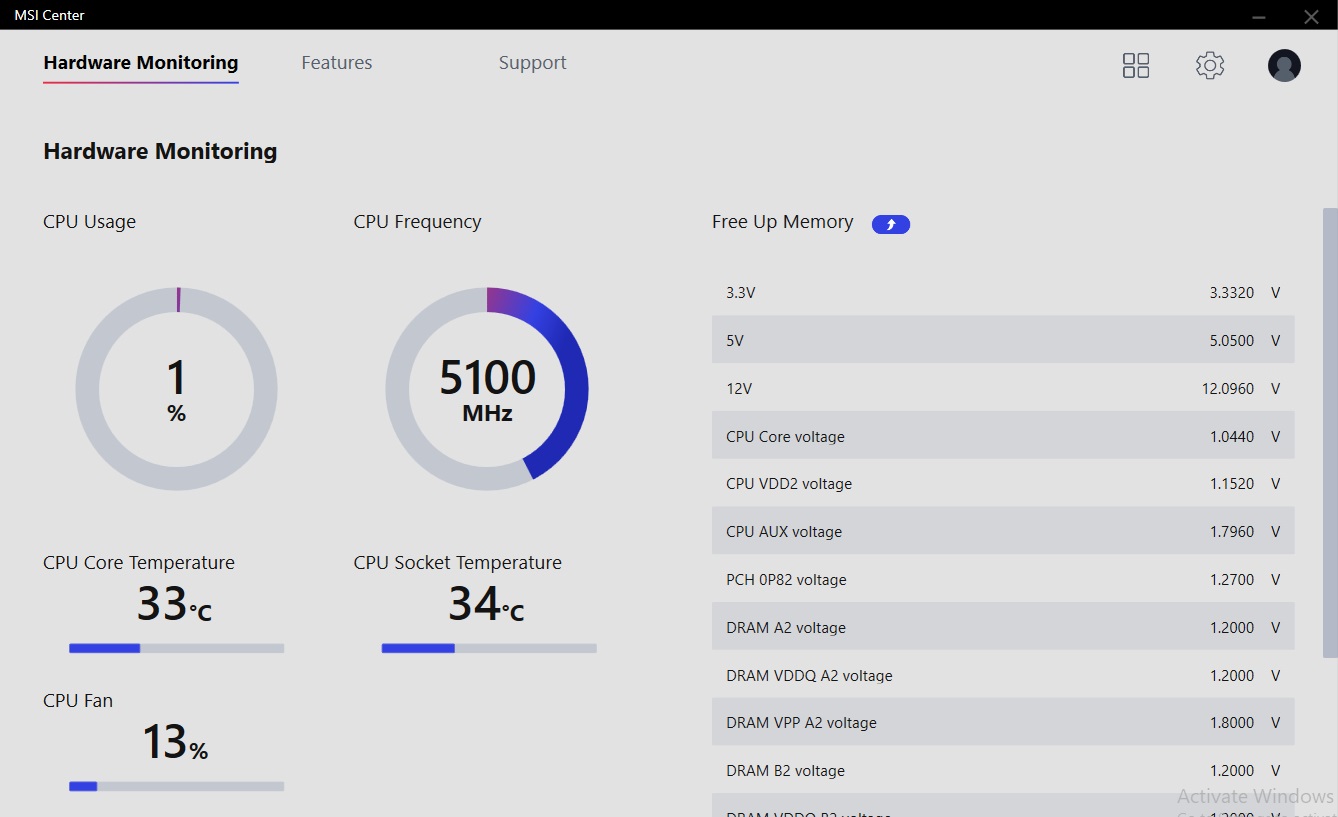
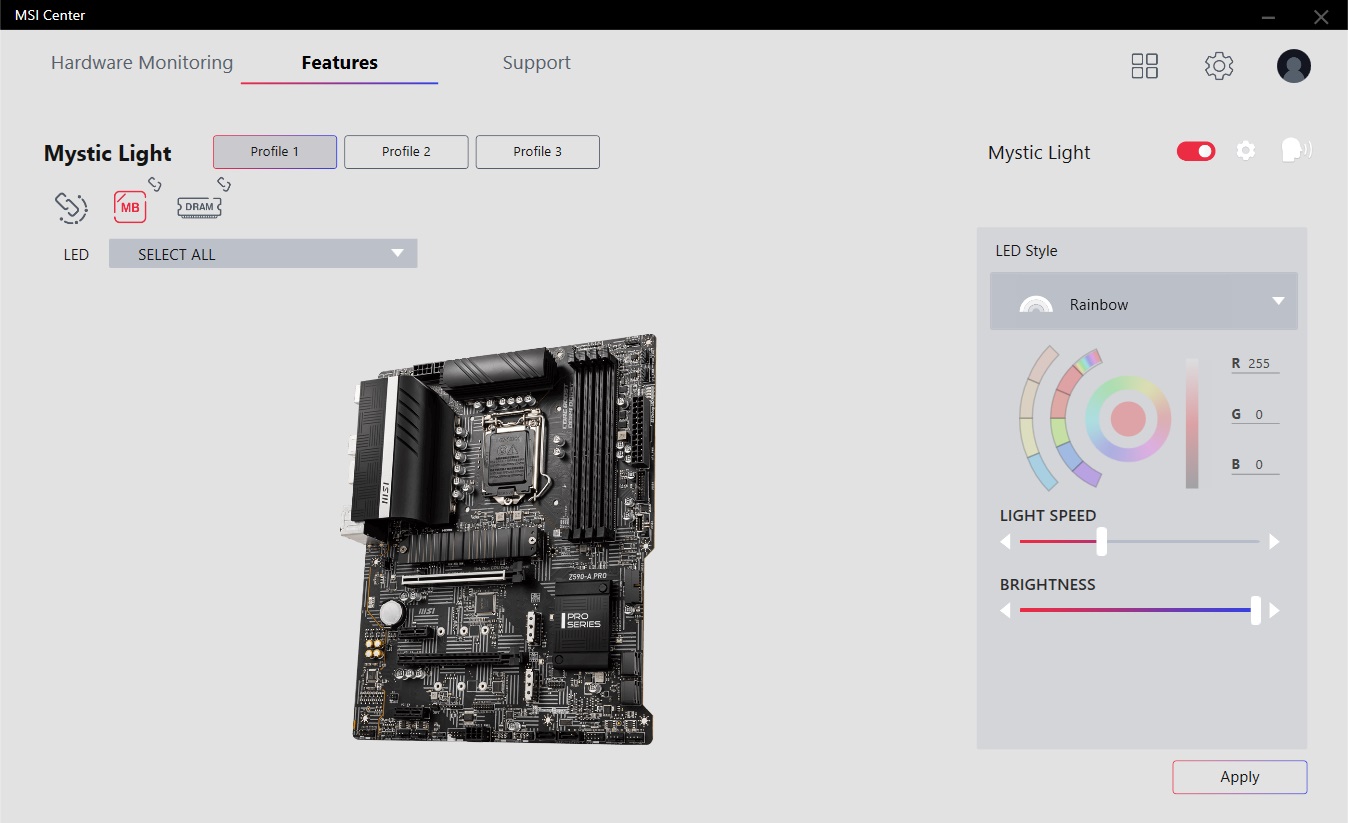
Test System / Comparison Products
We’ve updated our test system to Windows 11 64-bit OS with all updates applied. We kept the same Asus TUF RTX 3070 video card from our previous testing platforms but updated the driver to version 496.13. Additionally, our game selection has been updated, as noted in the table below. We use the latest non-beta motherboard BIOS available to the public unless otherwise noted. The hardware we used is as follows:
Test System Components
| CPU | Intel Core i9-12900K |
| Memory | GSkill Trident Z DDR5-5600 CL36 (F5-5600U3636C16GX2-TZ5RK) |
| Row 2 - Cell 0 | ADATA XPG Lancer DDR5-6000 CL40 (AX5U6000C4016G-DCLARBK) |
| Row 3 - Cell 0 | GSkill Trident Z Neo DDR4-3600 (F4-3600C16Q-32GTZN) |
| Row 4 - Cell 0 | GSkill Trident Z Royal DDR4-4000 (F4-4000C18Q-32GTRS) |
| GPU | Asus TUF RTX 3070 |
| Cooling | Coolermaster MasterLiquid PL360 Flux |
| PSU | EVGA Supernova 850W P6 |
| Software | Windows 11 64-bit (21H2, Build 22000.282) |
| Graphics Driver | NVIDIA Driver 496.13 |
| Sound | Integrated HD audio |
| Network | Integrated Networking (GbE or 2.5 GbE) |
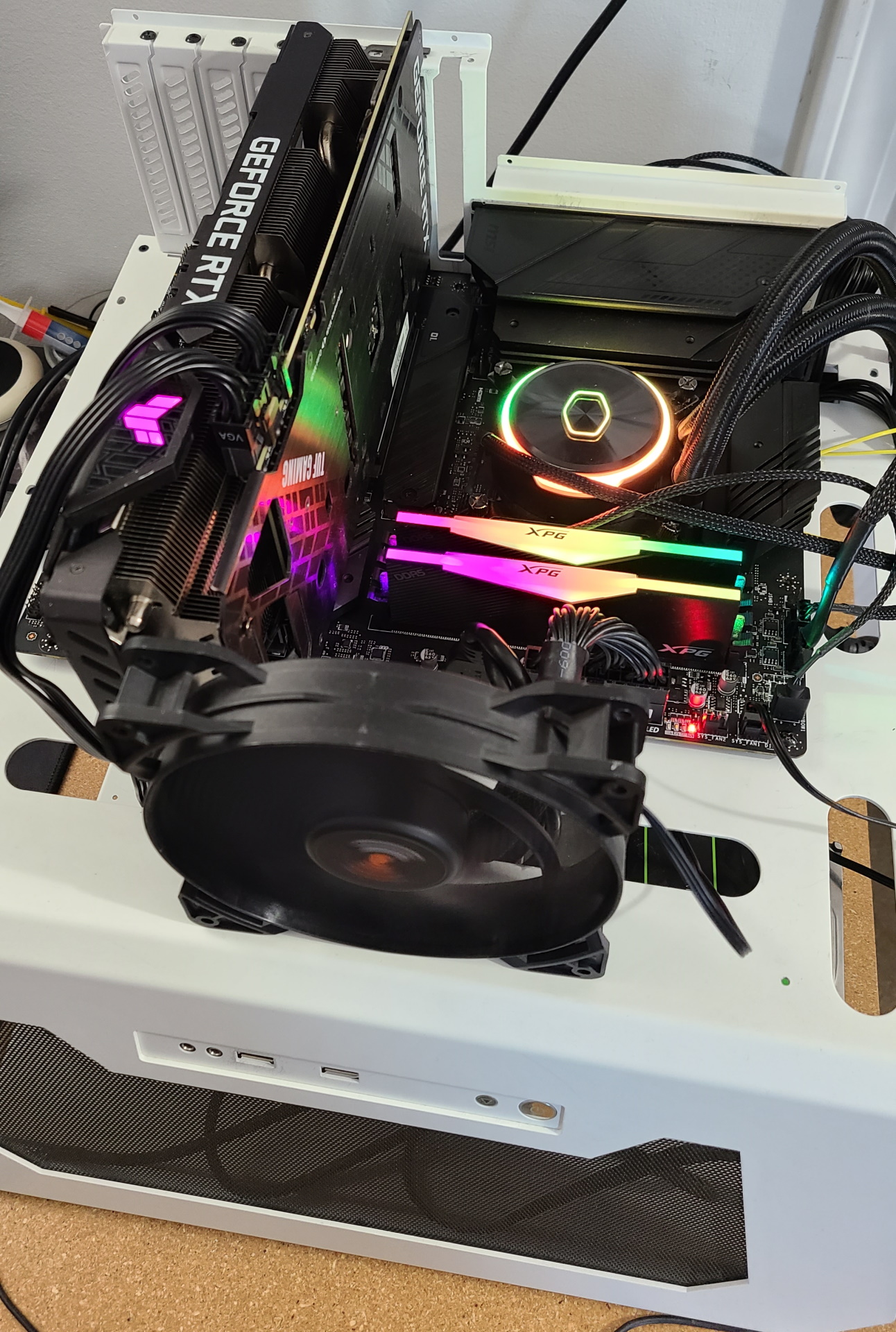
EVGA supplied our Supernova 850W P6 power supply (appropriately sized and more efficient than the outgoing 1.2KW monster we used) for our test systems, and G.Skill sent us a DDR5-5600 (F5-5600U3636C16GX2-TZ5RK) memory kit for launch day testing.
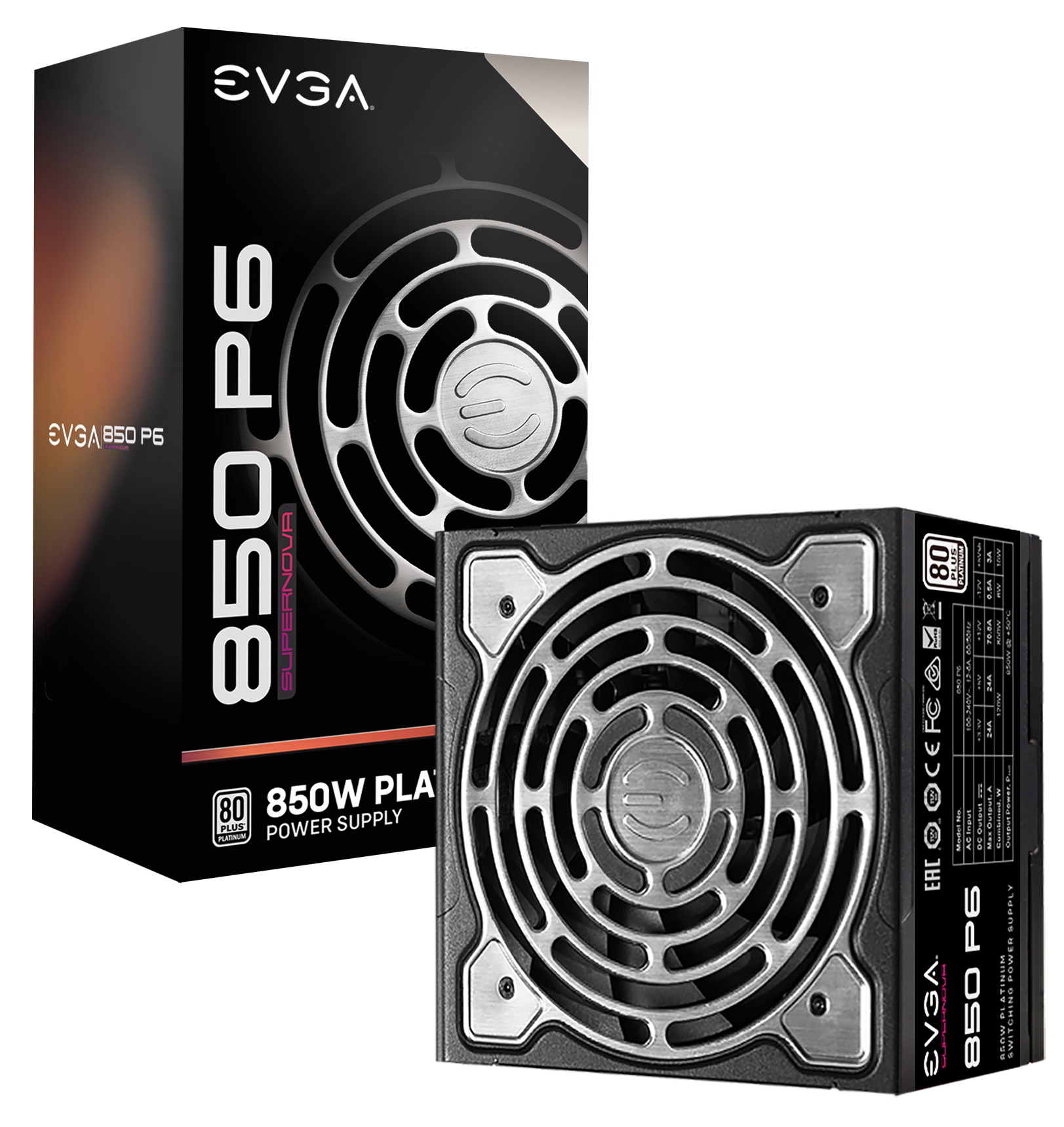
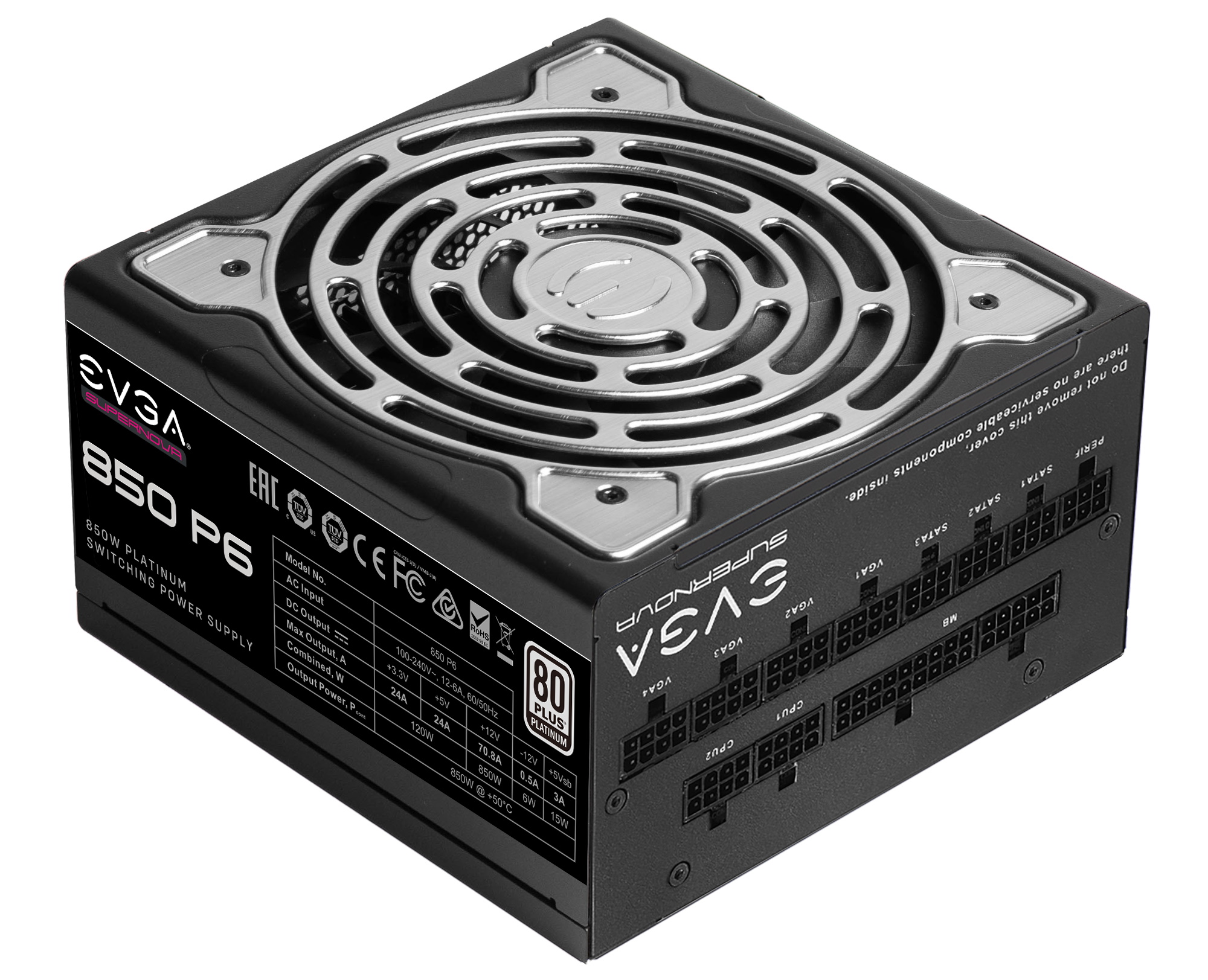
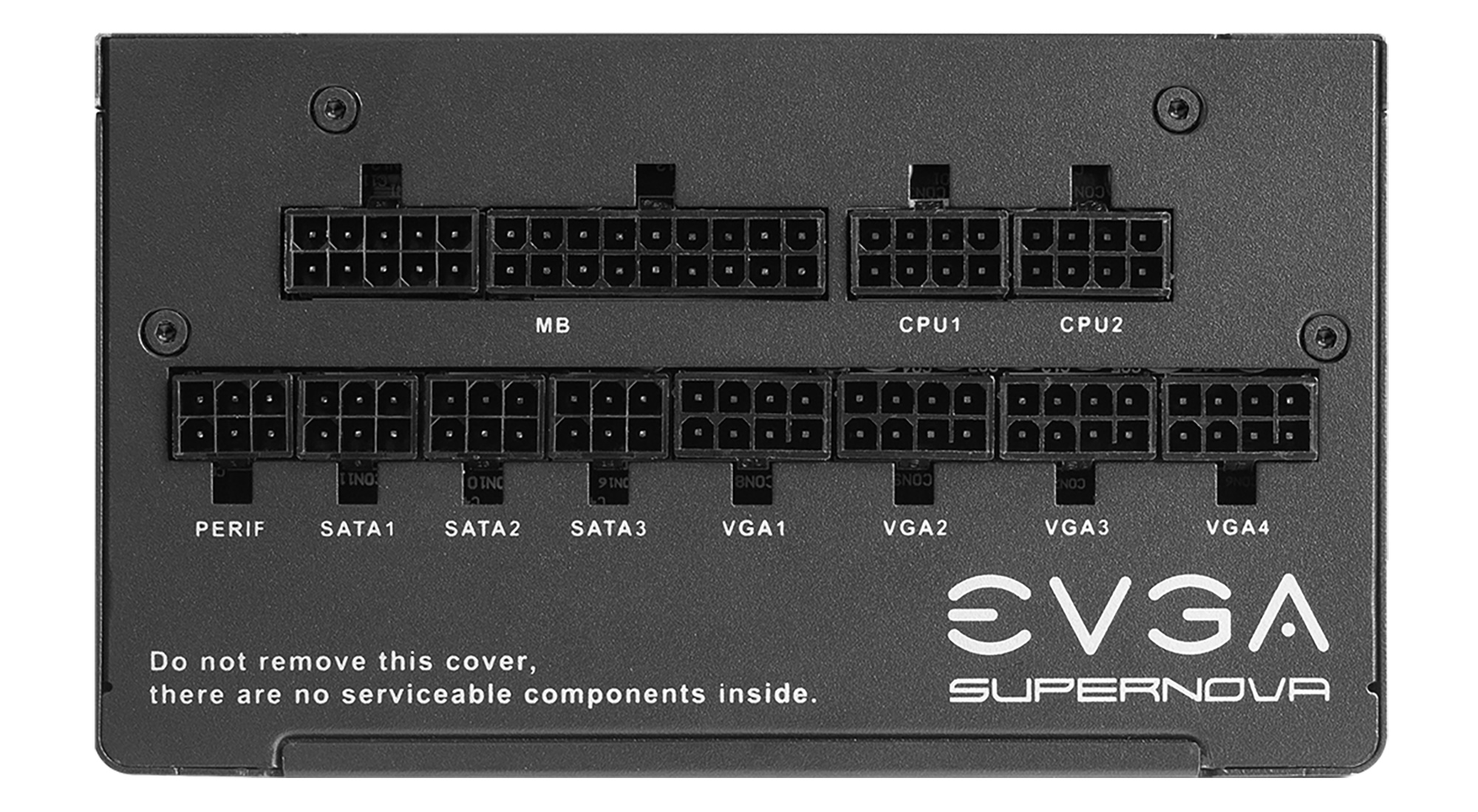
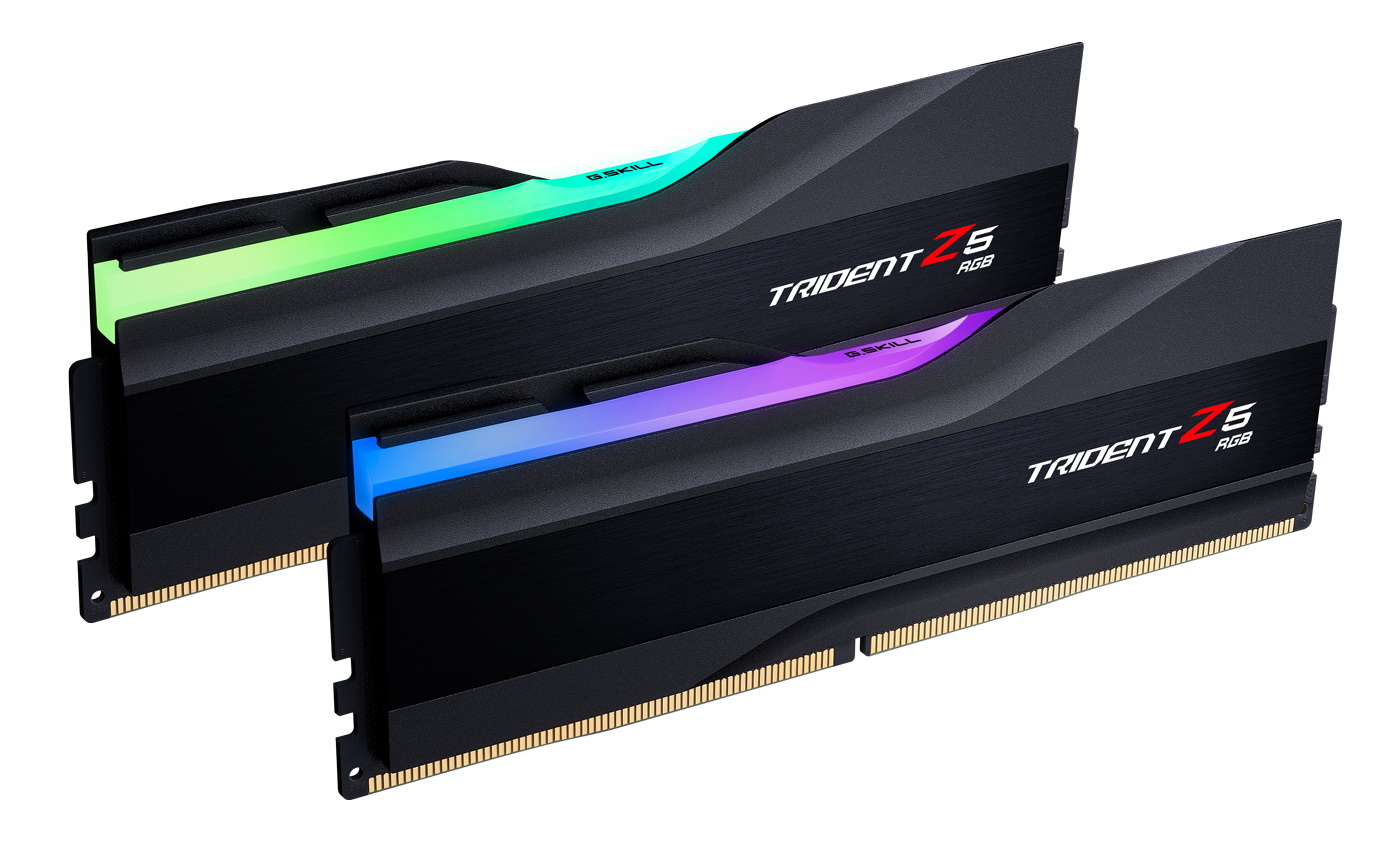
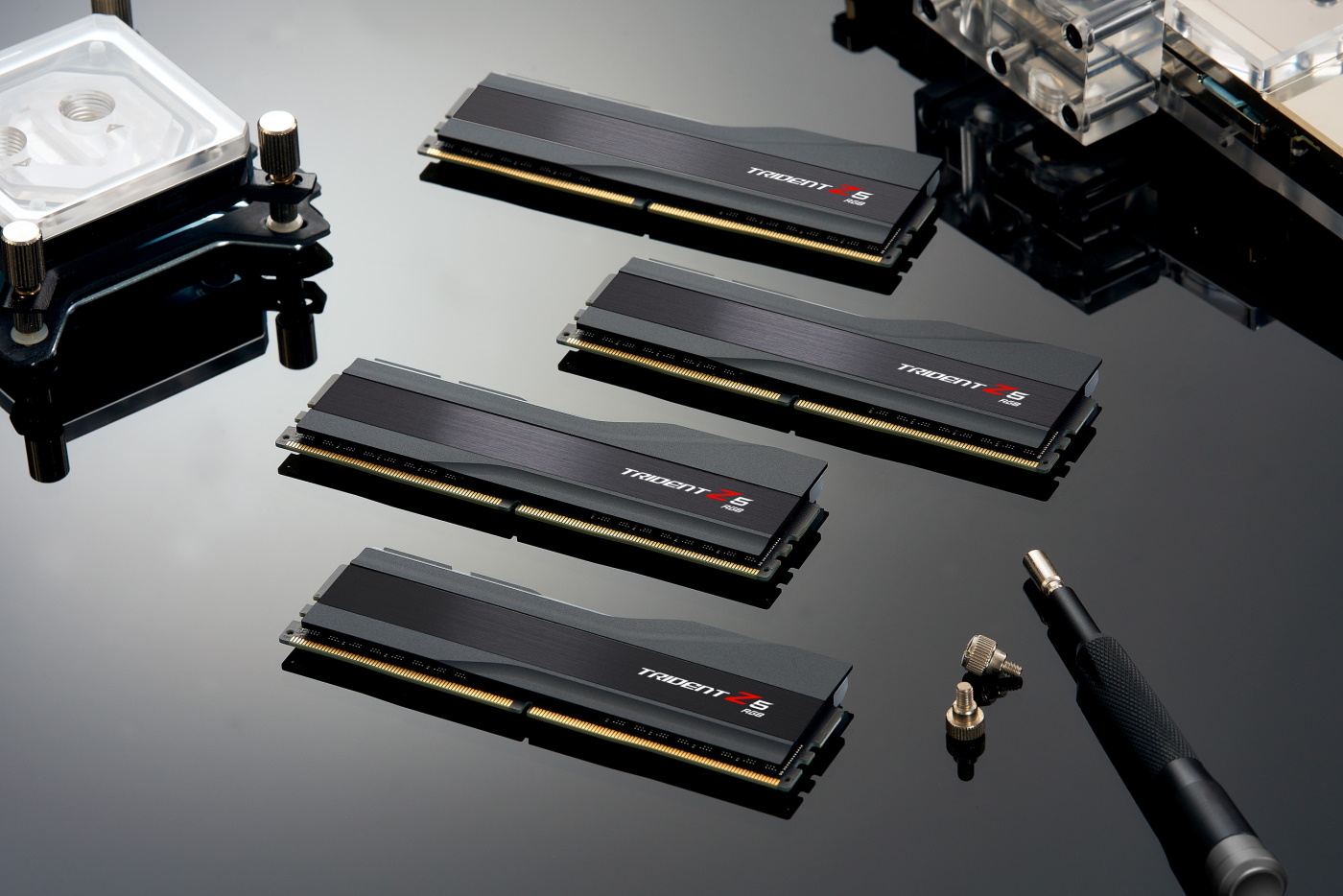
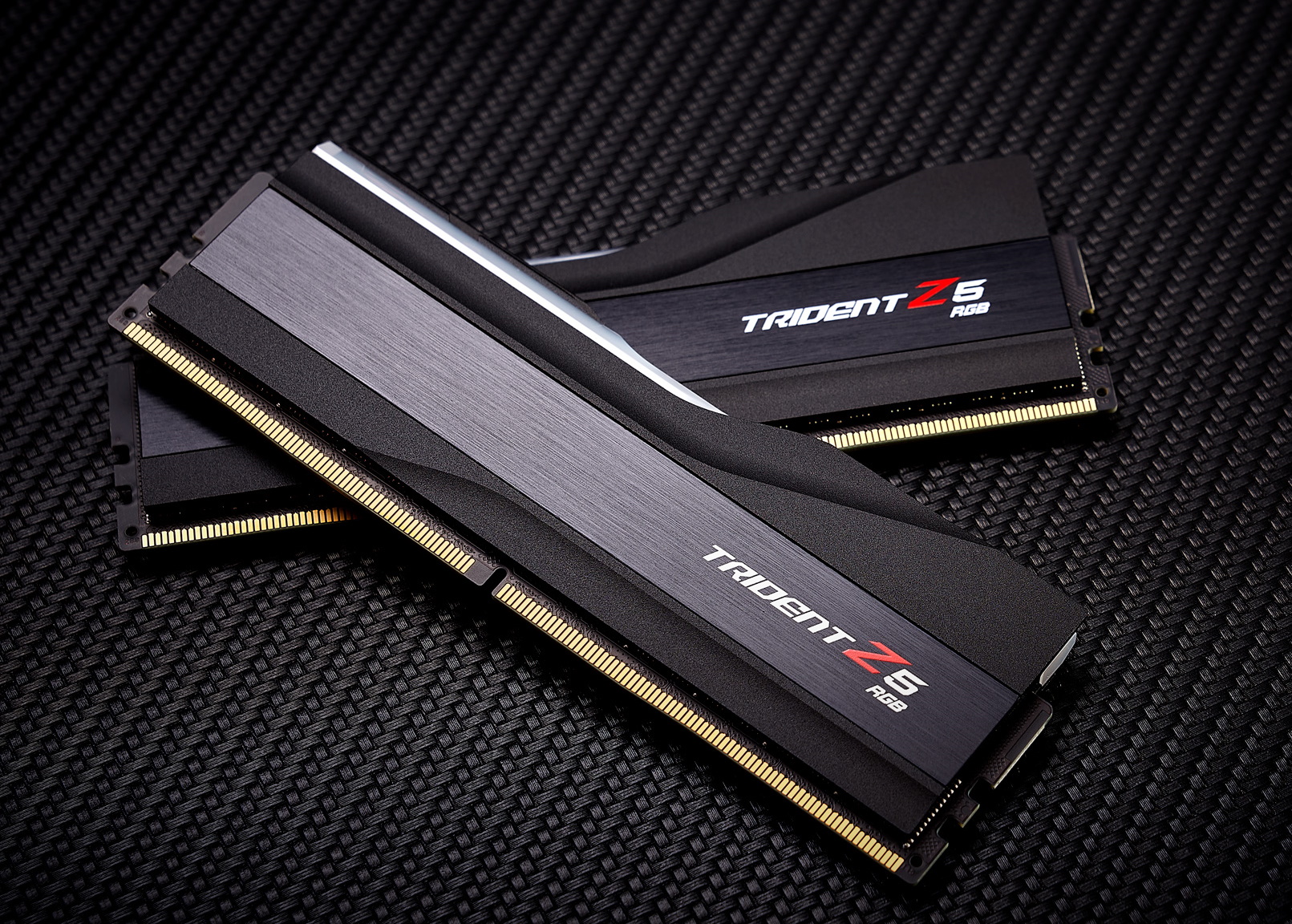
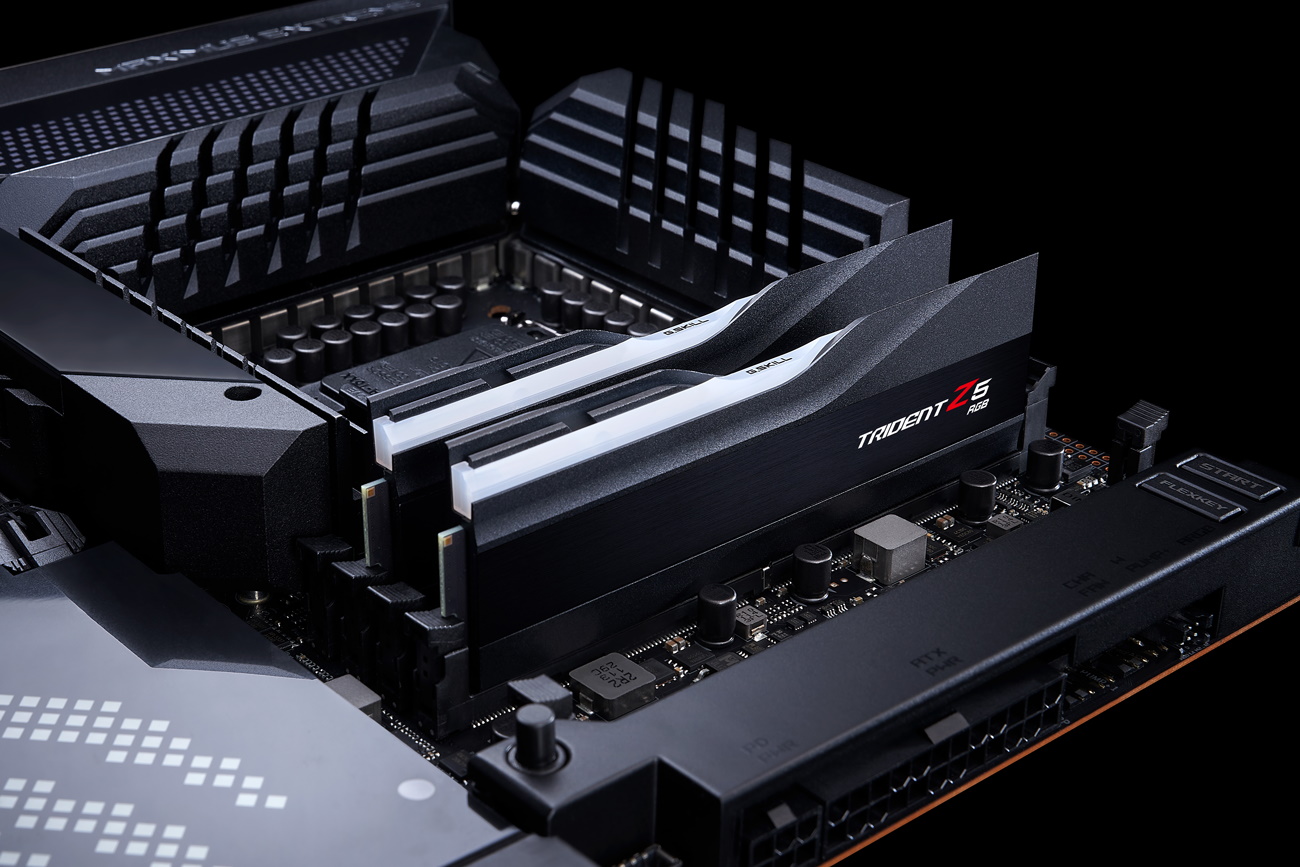
Benchmark Settings
| Synthetic Benchmarks and Settings | Row 0 - Cell 1 |
| Procyon | Version 2.0.249 64 |
| Row 2 - Cell 0 | Office Suite, Video Editing (Premiere Pro), Photo Editing (Photoshop, Lightroom Classic) |
| 3DMark | Version 2.20.7290 64 |
| Row 4 - Cell 0 | Firestrike Extreme and Time Spy Default Presets |
| Cinebench R23 | Version RBBENCHMARK330542 |
| Row 6 - Cell 0 | Open GL Benchmark - Single and Multi-threaded |
| Blender | Version 3.0.1 |
| Row 8 - Cell 0 | Full benchmark (all 3 tests) |
| Application Tests and Settings | Row 9 - Cell 1 |
| LAME MP3 | Version SSE2_2019 |
| Row 11 - Cell 0 | Mixed 271MB WAV to mp3: Command: -b 160 --nores (160Kb/s) |
| HandBrake CLI | Version: 1.2.2 |
| Row 13 - Cell 0 | Sintel Open Movie Project: 4.19GB 4K mkv to x264 (light AVX) and x265 (heavy AVX) |
| Corona 1.4 | Version 1.4 |
| Row 15 - Cell 0 | Custom benchmark |
| 7-Zip | Version 21.03-beta |
| Row 17 - Cell 0 | Integrated benchmark (Command Line) |
| Game Tests and Settings | Row 18 - Cell 1 |
| Far Cry 6 | Ultra Preset - 1920 x 1080, HD Textures ON |
| F1 2021 | Ultra Preset - 1920 x 1080, HBAO+, RT Med, TAA + 16xAF, Bahrain, FPS Counter ON |
MORE: Best Motherboards
MORE: How To Choose A Motherboard
MORE: All Motherboard Content
Get Tom's Hardware's best news and in-depth reviews, straight to your inbox.
Current page: Firmware, Software and Test System
Prev Page Features and Specifications Next Page Benchmarks and Final Analysis
Joe Shields is a staff writer at Tom’s Hardware. He reviews motherboards and PC components.
-
great Unknown A "sub $200" motherboard that's on sale for $270? Suddenly the cost/value parameter shifts to the negative side.Reply -
Why_Me Reply
The link goes to a Z690 board, not a B660 board.great Unknown said:A "sub $200" motherboard that's on sale for $270? Suddenly the cost/value parameter shifts to the negative side. -
great Unknown Reply
Sorry; missed that. Looked for the failure in the wrong location.Why_Me said:The link goes to a Z690 board, not a B660 board. -
javiindo Much better that the b550 TOMAHAWK which it just has a few USB ports, two ethernet ports (99% just need one) and no wifi. I also don't care about rgb.Reply -
Brian D Smith "Just be aware that with some heavy multi-threaded loads, there is the potential of throttling due to CPU temperature. But a quick tweak to the voltage eliminates this common behavior for the platform."Reply
Question...why doesn't this 'tweak' come as the default?